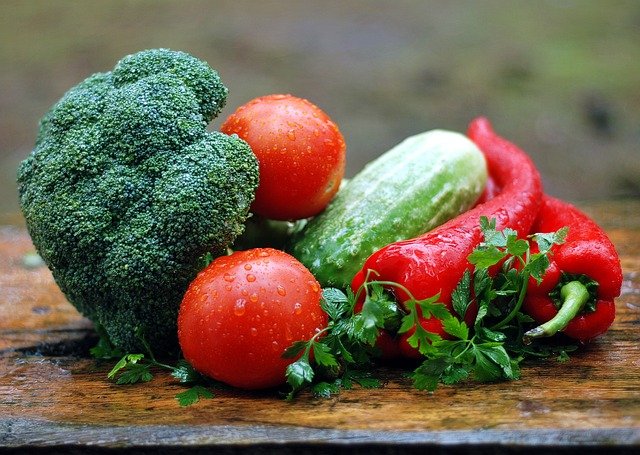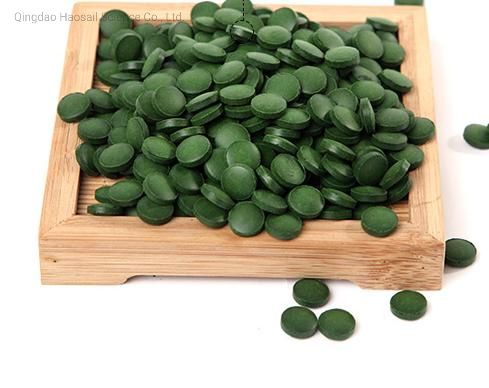
The ancient Chinese, Romans, and Indians were the first to create salt using this method. Buddha taught the world how to keep and collect salt in early fifth century BC. The Romans used ceramic containers called "briquetage" to collect the brine. Workers scraped up the concentrated salt and washed away the impurities. They then used the brine to pour into shallow pans. The workers sold the powdered, dried sea salt to colonial New World residents. In the New World slavery was brought from Africa in order to rake salt across various islands of the West Indies.
Although most people are familiar enough with table salt, many don't know how sea salt is created. Table salt's main ingredient is sodium chloride. However, sea salt contains other minerals like magnesium, iron and calcium. These minerals are contained in tiny amounts in sea Salt crystals. It is best to avoid excessive consumption of this mineral, but adding a few drops to your favorite dish can add additional nutrition and nutrients.

Sea salt is the most commonly used type of salt. It comes from warm areas and is harvested by filling manmade saltwater pools with water and waiting for it vaporize. Crystals will be left behind by the water that evaporates from the man-made swimming pool. These manmade pools are called "salt work". The process for harvesting salt requires several billions years. There are many ways to harvest salt.
Sea salt production is a complex process. The first step involves the extraction of seawater. This involves extracting water from the ocean. The water is left in the water for a few days to dry and to concentrate. The sea salt can then be sold once it is dried. The final product will be labeled "unrefined" or "refined". The unrefined ocean salt may contain marine bacteria or trace mineral that contributes to its complex taste.
The process of harvesting sea salt is very simple. The salt crystals that form in the bottom water are almost dry. The impurities are removed by pouring off water and scraping off the top layer of the salt. This is a great way to get sea salt. It is extremely affordable and widely distributed. It is readily available in many countries. Salt can be used once it is collected. Its uses are endless.

Extracting salt seawater from water is the same process. The process is, however, different for each. Some sea salts can be taken from the ocean, while others come from the earth. Chemicals are used for the extraction of salt in these cases. To extract the iodine the minerals from the sea are removed. Besides iodine, the salt is also processed to remove minerals that make it edible.
FAQ
Are there any ingredients I can buy to cook?
You don't necessarily need to buy any ingredients. Premade sauces can be found in most grocery stores. Premade meals are an option if you're looking for a way to save some money.
Which is the best method to store leftovers?
Tupperware containers can be used to store leftovers. These containers protect food from spoilage and keep it fresh. They also keep foods warm longer. Leftover food can be frozen in freezer bags. To prevent air from escaping, freeze food in a bag. Once food has been frozen properly, seal it with a ziplock bag.
How Long Does It Take to Be a Chef? What Is the Average Career Path?
Five years is required to become a professional chef. You will be able to learn basic cooking techniques as well as gain practical experience working in a kitchen. You can apply for line, sous or executive chef positions after you complete your training. The average annual salary for a professional chef is between $25,000 and $60,000
Statistics
- On average, chefs earn $58,740 a year, according to the BLS. - learnhowtobecome.org
- The median pay for a chef or head cook is $53,380 per year or $25.66/hour, according to the U.S. Bureau of Labor Statistics (BLS). (learnhowtobecome.org)
- According to the BLS, chefs earn $58,740 a year. (learnhowtobecome.org)
External Links
How To
How to make the perfect omelet
Omelets are a favorite breakfast food of mine. But how do they turn out so perfectly? I've tried many different methods and recipes, but none of them seem to work! So I wanted to share some tips and tricks so that you can make delicious, fluffy omelets every morn.
When making omelets, it is important to be aware that eggs can be temperamental. You must get them fresh, organically, and keep them cold until you cook. They must be kept cool, otherwise the whites will not form properly and the yolks may become runny. This makes your omelets look weirdly colored. If you want to make omelets right away, it's best not to use eggs that are too cold.
Another tip is to separate the egg before adding it to the pan. You don't want the white to get mixed with the yolk, as this could cause the egg to curdle.
The egg can burn if it is placed directly on the stovetop. Instead, put the egg in the microwave for 10 seconds before putting it into the pan. The heat from the microwave cooks the egg just enough without overcooking it.
Next, let's talk about mixing the eggs. You want to mix the eggs thoroughly before you add them. To do this, take the bowl from the mixer and flip it upside-down. Now shake the bowl vigorously. By doing this, the egg is thoroughly mixed with the air in the bowl.
Now it's time to have fun: pour the milk into the mixture. Pour half the milk into the beaten egg mixture and then fold in the eggs. Don't worry if there are still streaks of egg visible; these streaks will disappear once you flip the omelet.
After you have folded the eggs, heat the oil in a pan over medium heat. Once the oil has started to sizzle, turn the heat down to low. When the oil is hot enough, add 1/4 cup butter to the pan. Stir it around until the butter covers the entire pan. Now carefully crack open the lid of the pan and sprinkle salt into the pan. Salt will prevent the omelet sticking to the pan.
Once the omelet forms, cover the pan again. Let the top side set completely. Use a spatula to flip the omelet or turn the pan upside-down. Cook the other side for about a minute. Serve the omelet immediately by removing it from the pan.
This recipe works best with whole milk, but skimmed milk also works.